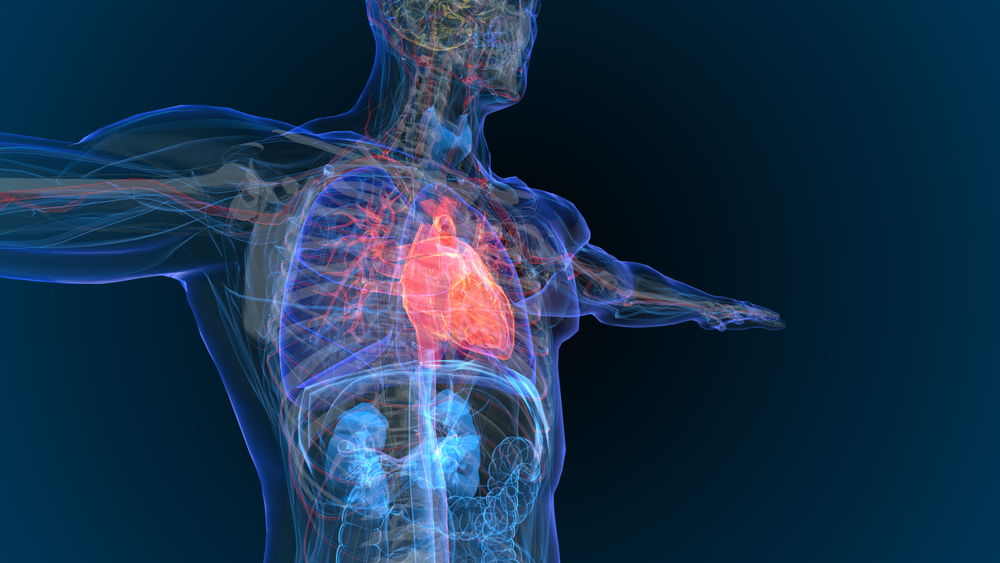There exist significant inequalities in cardiology, where African Americans, Hispanics, and Native Americans combined make up only 8% of practicing cardiologists, according to a commentary published in the journal Nature Reviews Cardiology.
“The disparities amplified by the COVID-19 pandemic present disturbing evidence that we are far from cardiovascular healthcare equity in the work place,” says Emelia J. Benjamin, MD, ScM, professor of medicine at Boston University School of Medicine (BUSM) via a press release. Individuals, leaders and institutions must prioritize research, policies, and structures to advance diversity, equity, inclusion, and belonging that is essential to advancing workforce excellence and cardiovascular health.”
The researchers noted that diversity and equity in the health-care workforce have been shown to benefit patients and increase access to health care for underserved populations. Moreover, diverse organizations perform better and show more innovative thinking and problem-solving. In fact, data show that diverse teams by race, ethnicity and gender on average publish in higher impact journals than non-diverse teams; ethnically diverse teams on average had 10% more impact for papers and almost 50% higher impact for authors.
Gender inequalities in cardiology are also still prevalent, where in the US, UK, and Australia, women comprised only 25% of cardiology trainees, 15% of cardiologists and 4.8% of the interventional cardiologist workforce. Furthermore, on average women earn only 92% of what their male counterparts make, which translates to $2.5 million less over a 35-year career.
Dr. Benjamin is imploring the medical community to engage in transformative personal and structural anti-racist, anti-sexist and anti-classist work to promote diversity, equity, inclusion and belonging (DEIB). “A DEIB commitment will harness the innovation of all voices in the academic field to collectively address profound, persistent global structural healthcare and workforce inequities.”
Credit: Original article published here.









